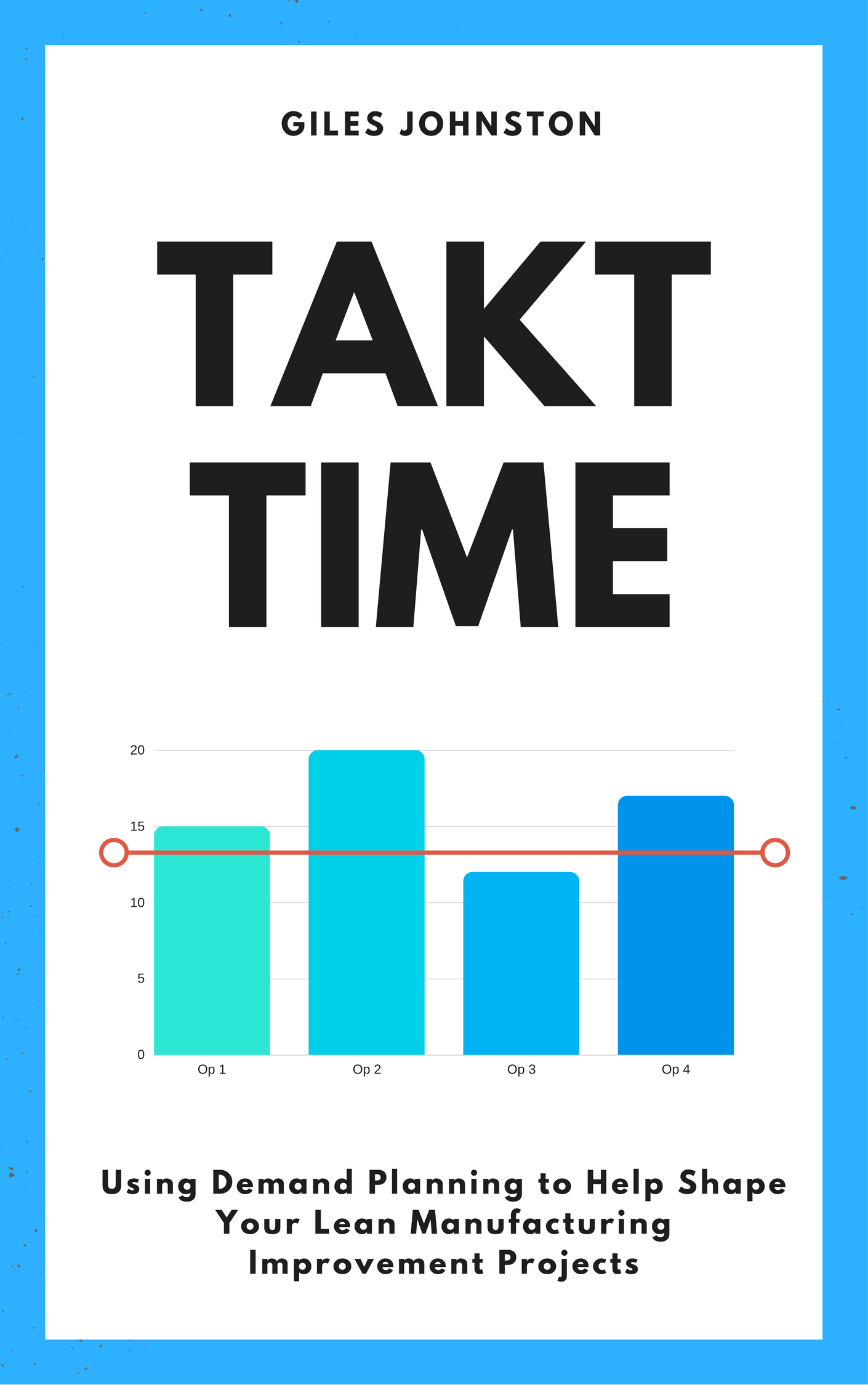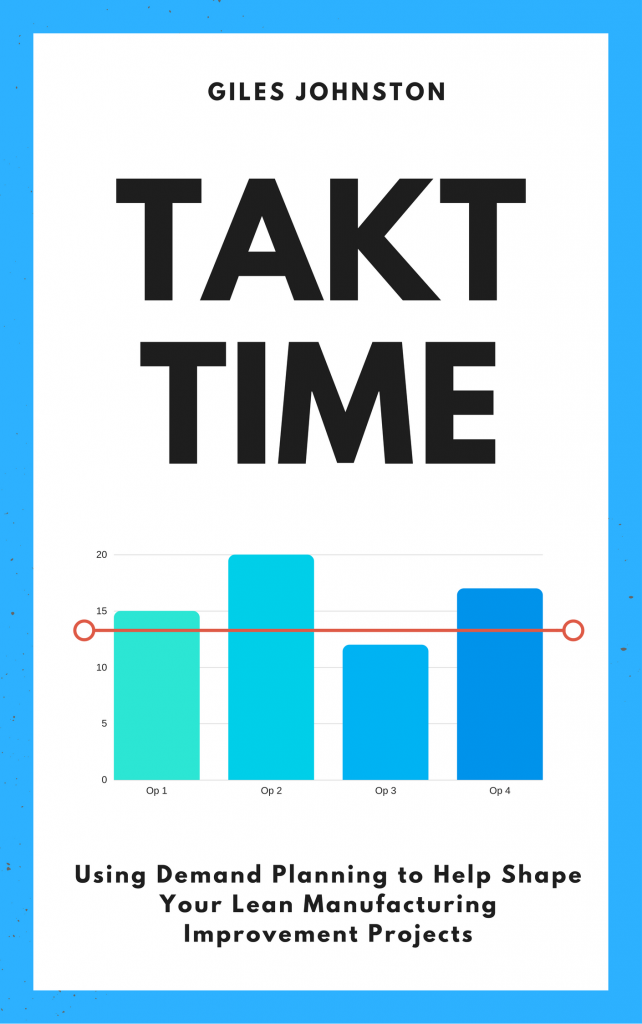Use this demand planning technique to help shape your business improvement projects
Do your changing workloads make you wonder if your business processes are still ‘fit for purpose’?
Do you want a method to guide your thinking when you are looking to get more work completed during the working day?
Are you looking to achieve more tangible results from your business improvement projects?
How much change is enough?
Sometimes it can feel that your business improvement projects aren’t making enough of a change. There is a simple approach that can take the guesswork out of changing a process; it is called ‘Takt Time’.
By using some basic facts and figures you can determine exactly how much of a shift you need to make to your processes, and ultimately guide your thinking to create the right degree of change. There is a big difference in the thinking required to reduce a twenty day cycle to five days as opposed to just fifteen; Takt Time helps you to work out what your target for improvement needs to be.
This short book, written by an experienced business consultant, gives you a step by step guide to help determine the outline of your new business process design. By using Takt Time as the basis for this re-design you will identify the right amount of change required for your business.
Will Takt Time work for your business?
Whilst the Takt Time concept is at the heart of many lean manufacturing improvements, it can be applied to any process in any sector. If you are outside of the manufacturing industry and have never heard of Takt Time then don’t worry – it can work for your business too. The case study found at the start of this book is from an office environment; this approach really is applicable to all business types.
Also in this book:
- Ideas on gathering data and calculating Takt Time for your business.
- High level process mapping guidelines.
- Considerations for improving how you calculate Takt Time.
- A simple strategy to help you facilitate the changes to actually take place.
And, if you have never improved a business process before and want some pointers there is also an overview of how to go about doing this too.

